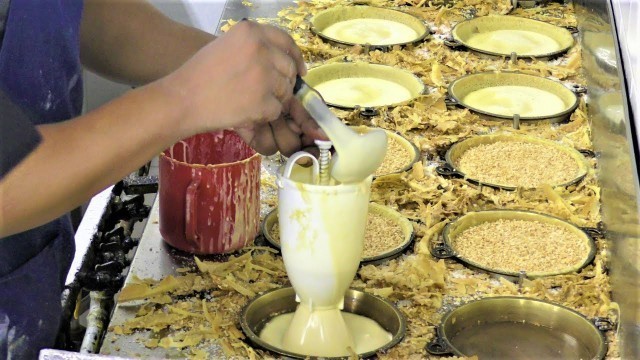

20:56
Mar 29, 2022
2
2
'https://www.youtube.com/channel/UCdNO3SSyxVGqW-xKmIVv9pQ/join www.settime2588.com www.facebook.com/settime2588 instagram: settime2588 www.twitter.com/settime2588 One of the favorite local food in Singapore is Hokkien noodles. Egg noodles and rice noodles are stir-friend together with egg, sliced pork, prawns, and pieces of lard. It is garnished with sambal and lime for a spicy and tangy kick. The version here is different from elsewhere, it is dry (very dry). Starting at $4, Hainan simmers the mix of thick egg noodles and medium-thickness bee hoon (rice vermicelli noodles) in a rich prawn stock, allowing the stock to evaporate as the noodles absorb the flavours before quickly frying them under an intense heat with prawns, slices of squid and slices of pork belly with pork lard and fried shallots. Apam Pulau Pinang ( Malay, in Penang ) or Apam balik (English: \'turnover pan-cake\') or terang bulan (English: \'bright moon\') or martabak manis (English: \'sweet martaba-k\') is a type of griddle pancake common in Southeast Asia. It is usually sold at specialist roadside stalls in Brunei, Indonesia, Malaysia and Singapore and it is known by various names in different languages, depending on the region. The pancake\'s batter is made from a mixture of flour, eggs, sugar, baking soda, coconut milk and water. The batter is cooked upon a thick round iron frying pan in plenty of palm margarine to avoid it sticking to the pan. Then other ingredients are sprinkled as filling; the most common or traditional is crushed peanut granules with sugar and sweetcorn ker-nels (available from cans), but modern innovations such as chocolate sprinkles and ched-dar cheese are also available. Then, the pancake is folded (hence the name: \"turnover pancake\") and cut into several pieces. This savoury carrot cake has no carrot, at least not of the orange variety. Instead, the core ingredients of the cake are rice flour and white radish which some call white carrot. The mixture is steamed, then cut into cubes and fried with garlic, eggs and preserved radish called \'chai poh\'. Commonly referred to as \'chai tow kway\' in the Teochew dialect, these smooth and soft fried rice cakes can be found in almost every hawker centre. It is served black (fried with sweet dark soya sauce) or white (original).The simple dish has its origins in Southern China’s Chaoshan province. There, it is known as \'chao gao guo\' (fried starch cake) which is made mainly with rice flour. Fish sauce and black sweetened soya sauce are used to marinate the rice cake before it is cut and fried with eggs, oysters and prawns. Brought over to Singapore by Teochew immigrants, it was known as \'char kway\' (fried rice cake), which was simply cubes of rice cakes fried with dark soya sauce. Otak-otak is a grilled fish cake made of ground fish meat mixed with tapioca starch and spices. It is widely known across Southeast Asia, especially in Indonesia, Malay-sia and Singapore, where it is traditionally served freshly hot, as side dish with rice or as snacks during tea time. In Malaysia, it is usually a mixture between fish paste, chili pep-pers, garlic, shallots, turmeric, lemon grassand coconut milk. Anyway some modern ver-sions may utilize crab or prawn meat. The mixture is then wrapped in a banana leaf that has been softened by steaming, then grilled or steamed. Steamed otak-otak is in rectangu-lar shape without any attap leaves wrapping. There are different recipes of otak-otak origi-nating from different regions. Otak-otak from Indonesia has whitish color, while from Malay-sia and Singapore has reddish-orange or brown coloring acquired from chili, turmeric and curry powder. Kaya Balls are little bite sized delights commonly sold in Malaysia shopping center food courts. They are basically little dome-shaped buns filled with Kaya ( coconut egg jam ), chocolate o peanut butter. We saw them is Bugis Food Street in Singapore.'See also:



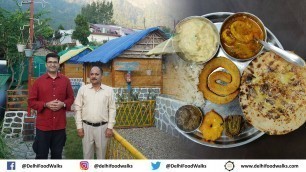

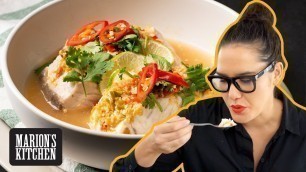
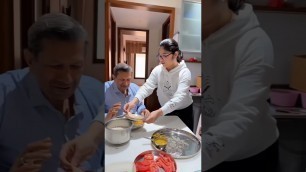
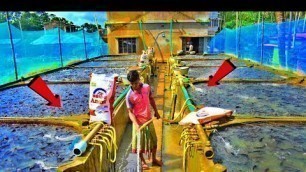
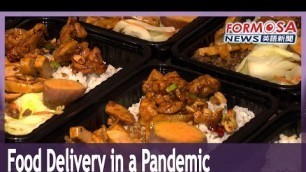
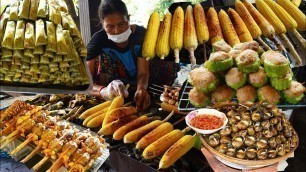








comments